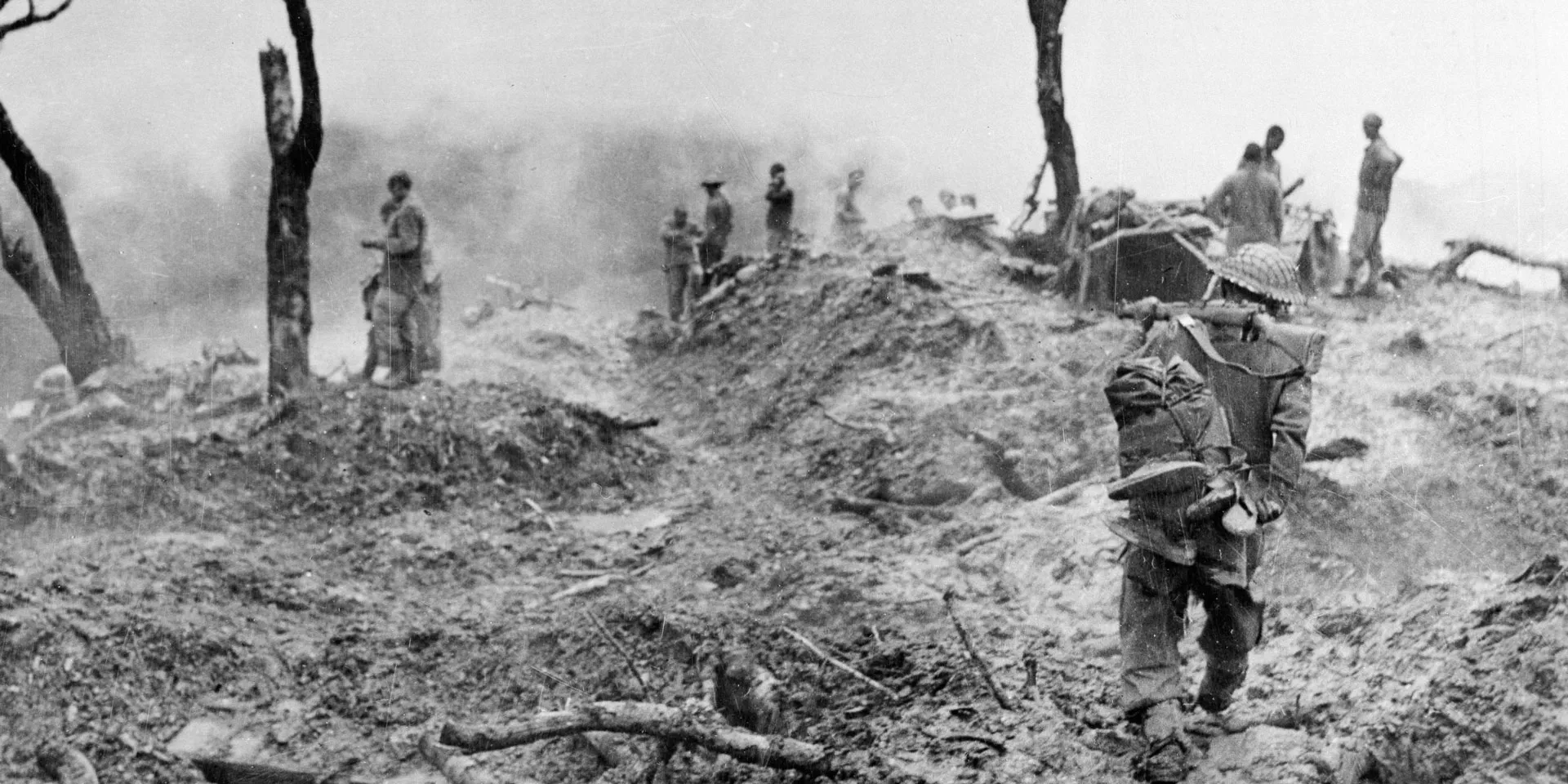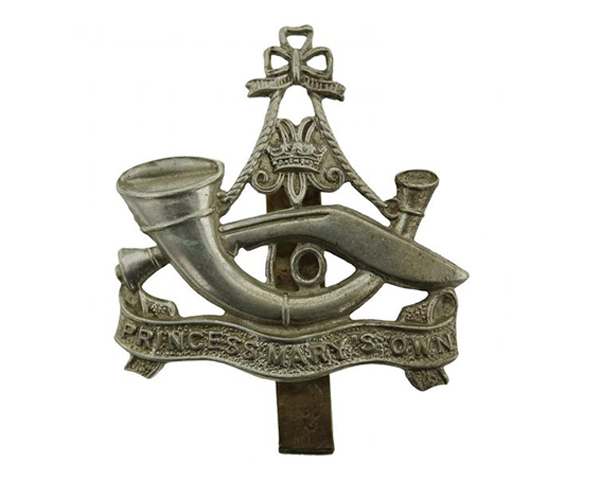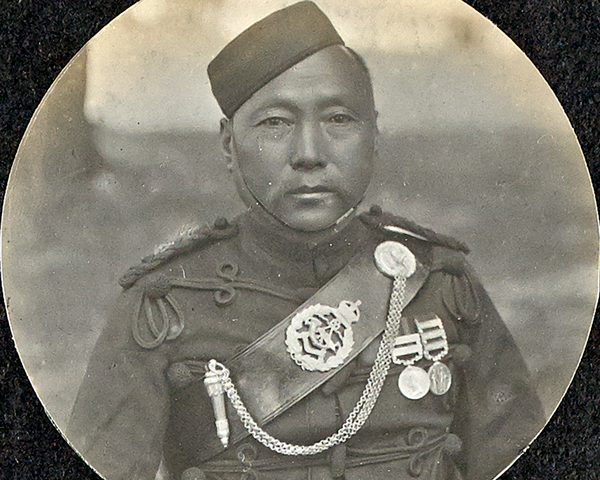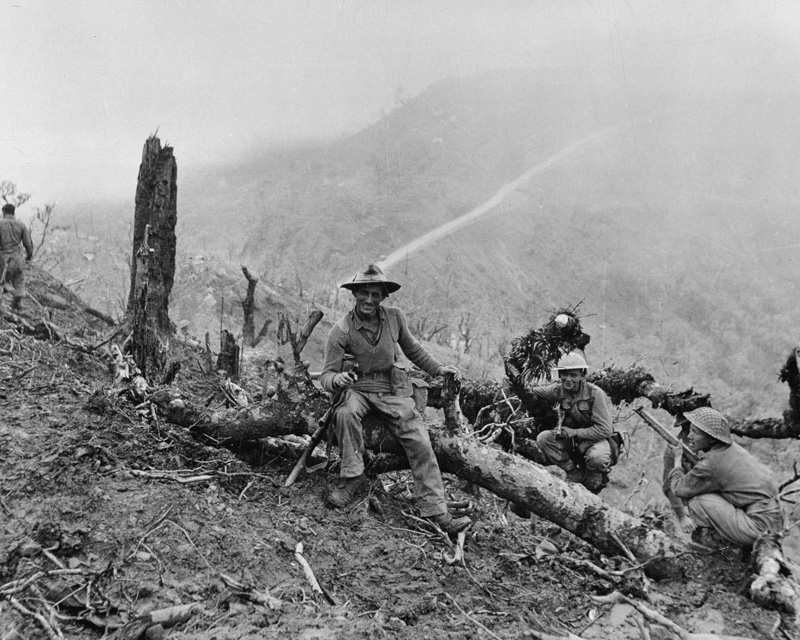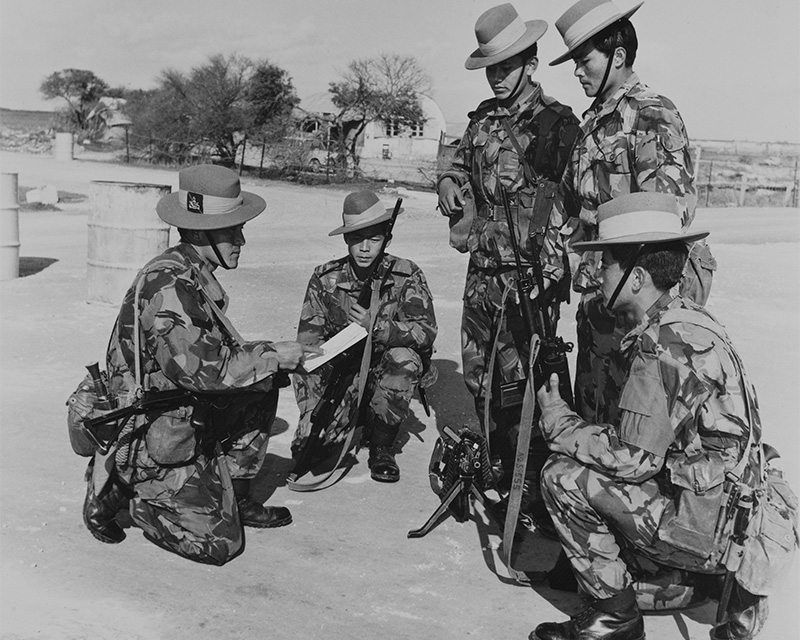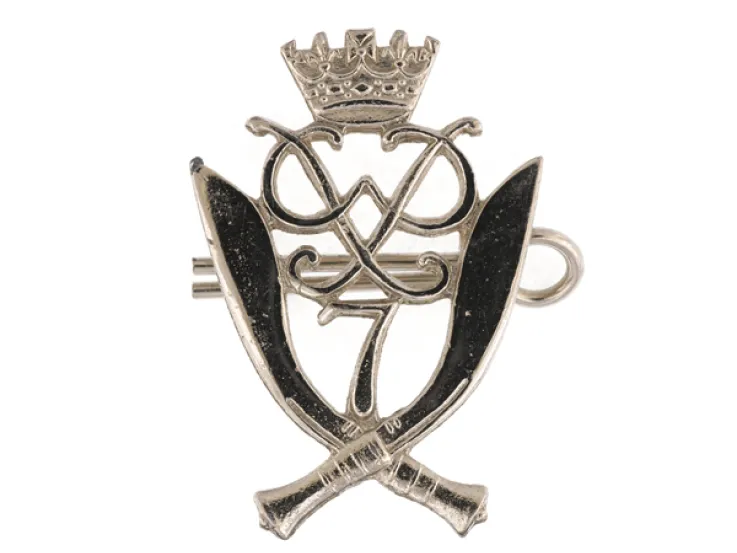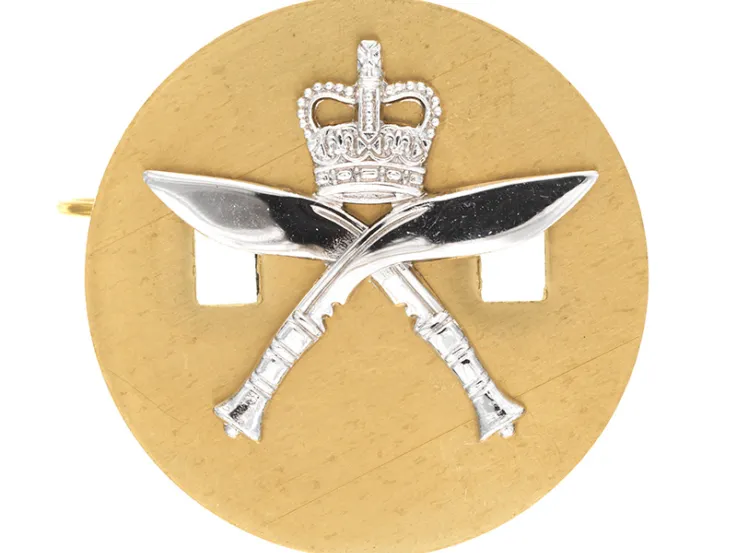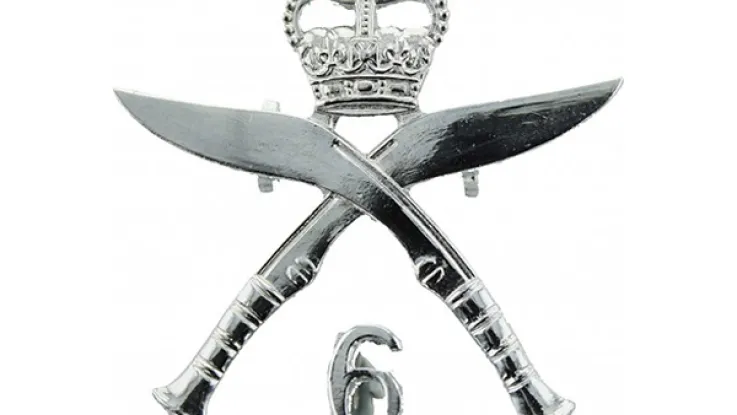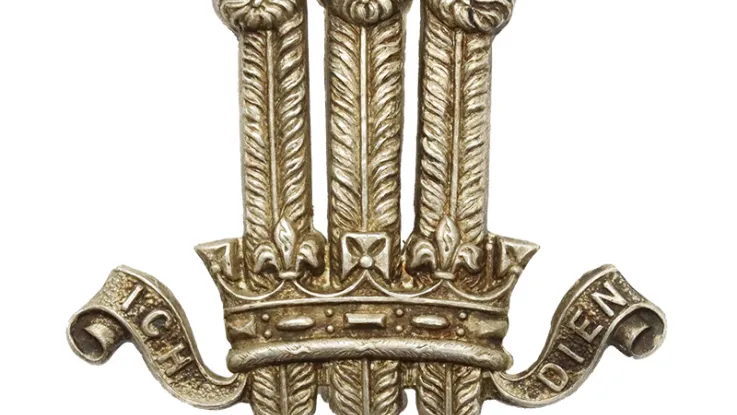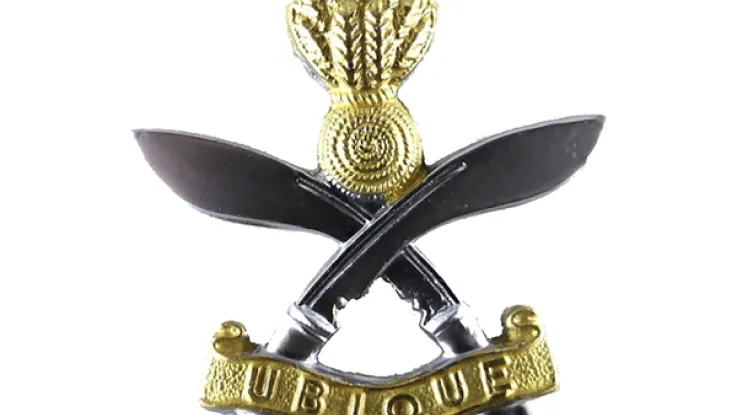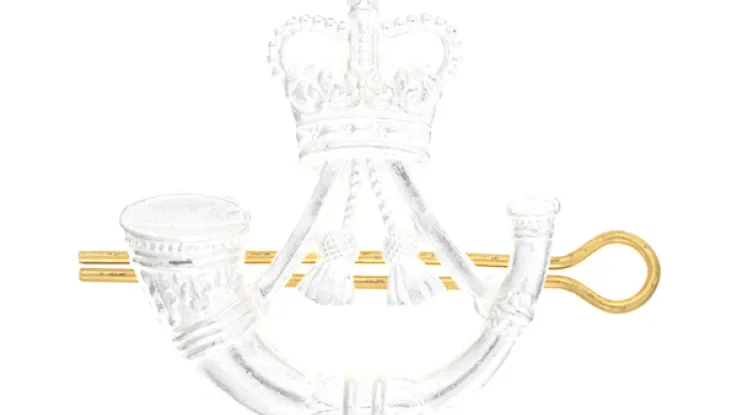Origins
This regiment was raised in 1890 as the 10th Regiment of Madras Infantry in the region of Upper Burma, which had been annexed by the British five years earlier.
Officially, it claimed no lineage from the previous 10th Madras Infantry, one of the British Indian Army’s oldest units. But in reality, it was an amalgamation of the disbanded 10th Madras Infantry and the Kubo Valley Military Police Battalion, a unit composed chiefly of Gurkhas.
Two years later, it was converted to a rifle regiment. It was then renamed the 10th Gurkha Rifles in 1901, by which time it was composed exclusively of Gurkha soldiers.
In 1903, it formed a 2nd Battalion, which went on to become the 1st Battalion of the 7th Gurkha Rifles in 1907. It then raised a new 2nd Battalion in 1908.
During the 1890s and 1900s, the regiment served on garrison duties in India and Burma.
First World War
In the early years of the First World War (1914-18), 1st Battalion remained on home service in Burma. Meanwhile, at the end of 1914, 2nd Battalion sailed for Egypt . It took part in the defence of the Suez Canal, before joining the fighting in Gallipoli in the summer of 1915.
The following year, 1st Battalion deployed to Mesopotamia (now Iraq), where it remained until 1921.
After returning to Burma, 2nd Battalion moved to the North-West Frontier in 1917 and fought in the Third Afghan War (1919).
During the 1920s and 1930s, it was stationed in India and Burma.
Second World War
During the Second World War (1939-45), 1st Battalion fought throughout the Burma campaign (1942-45). On 24 August 1945, it was tasked with taking the formal surrender of the Japanese 28th Army.
From 1941, 2nd Battalion served in Iraq and across the Middle East, before moving on to Italy in 1944.
The regiment also raised two additional battalions for service during the war. These were engaged predominantly in the Far East.
Service in the British Army
After India gained its independence in 1947, the 10th Gurkha Rifles was one of four Gurkha regiments to transfer to the British Army the following year. However, some of its personnel were assigned to the 11th Gurkha Rifles, a newly formed Indian Army regiment.
In 1949, the regiment was given a royal title, the 10th Princess Mary's Own Gurkha Rifles, to recognise its contribution during the Second World War and to mark its official affiliation with The Royal Scots, of which Princess Mary was Colonel-in-Chief.
Over the next two decades, it spent much of its time deployed in the Far East. Both battalions saw action in the Malayan Emergency (1948-60) and the Indonesian Confrontation (1963-66).
In 1968, the two battalions merged. After that, the regiment rotated with the other Gurkha regiments of the British Army between England, Hong Kong and Brunei. It also deployed to Cyprus in 1974, following the Turkish invasion of the north of the island.
To celebrate its centenary in 1990, the 10th Gurkha Rifles was officially allowed to inherit the traditions and honours of the 10th Madras Infantry prior to 1890.
Legacy
In 1994, it was amalgamated with the 2nd King Edward VII's Own Gurkha Rifles (The Sirmoor Rifles), the 6th Queen Elizabeth's Own Gurkha Rifles, and the 7th Duke of Edinburgh's Own Gurkha Rifles to form The Royal Gurkha Rifles.
Regimental museums
The National Army Museum works with a network of Regimental and Corps Museums across the UK to help preserve and share the history and traditions of the Army and its soldiers.
Discover more about the 10th Princess Mary's Own Gurkha Rifles by visiting The Gurkha Museum in Winchester.

